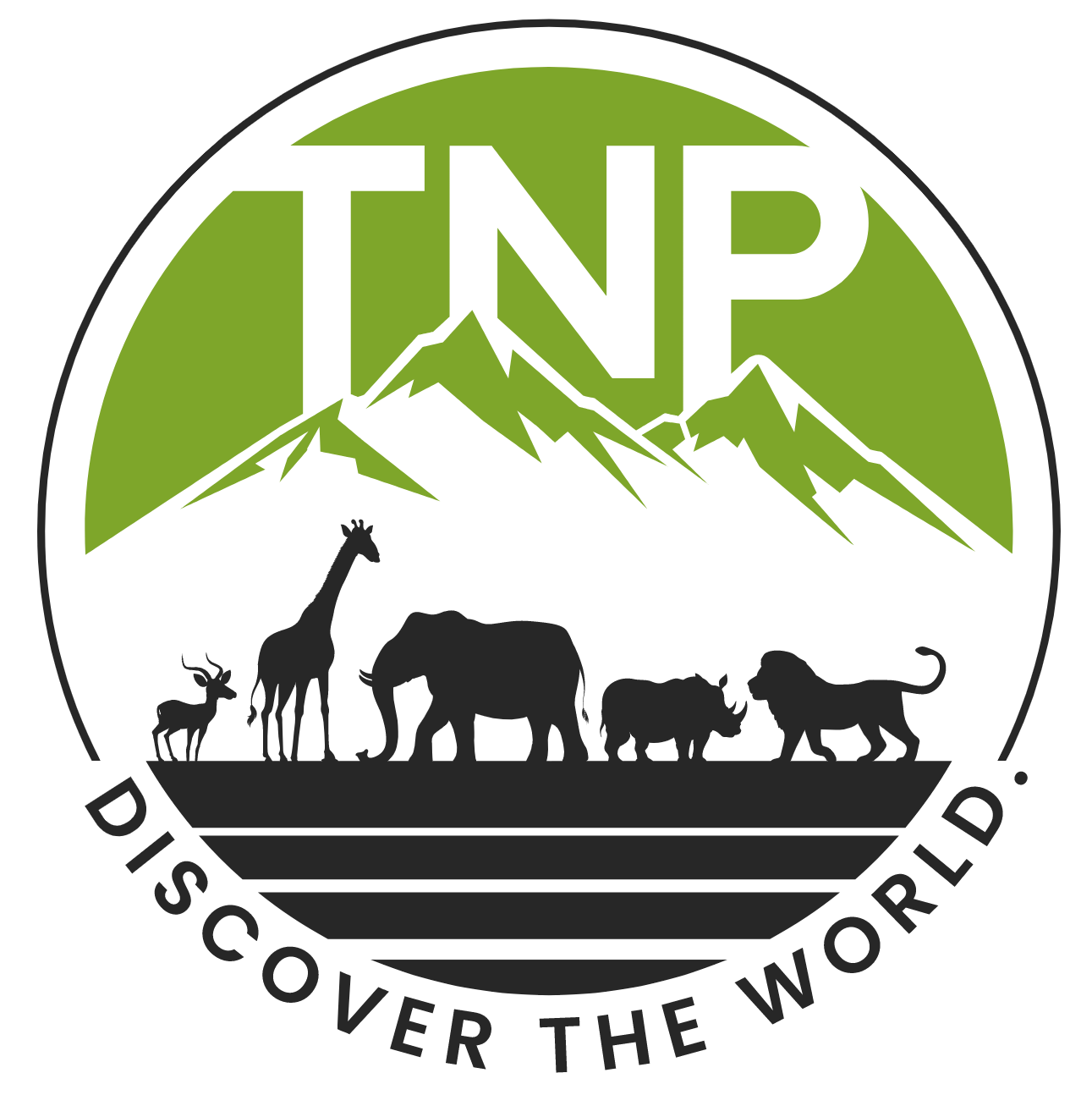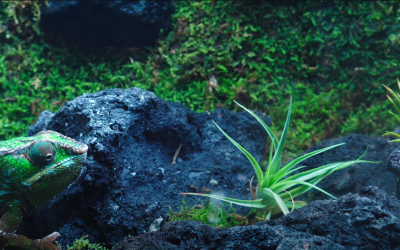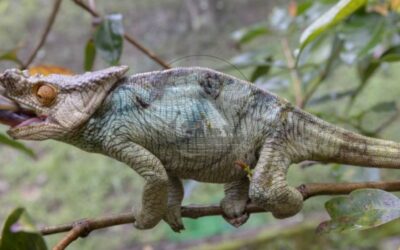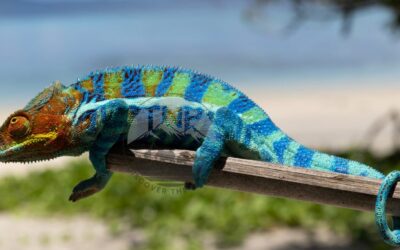Exploring Madagascar Population Mix
Madagascar’s population dynamics are essential to explore, as the island nation offers a unique blend of biodiversity and cultural heritage. Understanding its demographic trends is crucial for addressing urbanization, conservation, and public health challenges.
This knowledge aids in planning for future needs such as education, infrastructure, and effective governance. Madagascar’s diverse population mirrors its ecological variety, so studying these trends is key to sustainably managing its rich natural resources and cultural heritage.
Before we start, check out the best tips for Madagascar travel & safety.
Demographic Overview of Madagascar
According to the statistics of 2024, Madagascar is estimated to have a vibrant population of over 30 million people. This number has been growing steadily, with an average of about 2.3% increase each year.
According to the 2023 report, Madagascar’s population density was 52 people per km2 (135 people per mi2), based on a total land area of 581,795 km2 (224,632 square miles).
But where are all these people living? The population isn’t spread evenly across the island. Most Malagasy people live in the central highlands, where the climate is cooler, and the land is more fertile for farming. The capital city, Antananarivo, is the largest urban area, followed by other cities like Toamasina and Antsirabe.
| City Name | Population |
| Antananarivo | 1,391,433 |
| Toamasina | 206,373 |
These cities are growing quickly as people seek jobs, education, and better healthcare. The coasts, especially the west, tend to be sparsely populated. This is because some areas get very little rain, making it difficult to grow crops.
Ethnic Composition & population density of Madagascar
The population of Madagascar is primarily made up of eighteen main ethnic groups, with the Merina tribe being the largest. The Merina live mainly in the central highlands around Antananarivo, the capital city. Known for their historical dominance and influence, the Merina have played a crucial role in shaping Madagascar’s culture and political landscape.
Other significant groups include the Betsimisaraka, who are predominant along the east coast. The Betsimisaraka are traditionally fishermen and farmers, and their communities are closely tied to the coastal and marine environments. The Betsileo, found in the south-central part of the island, are renowned for their terraced rice paddies and agricultural expertise.
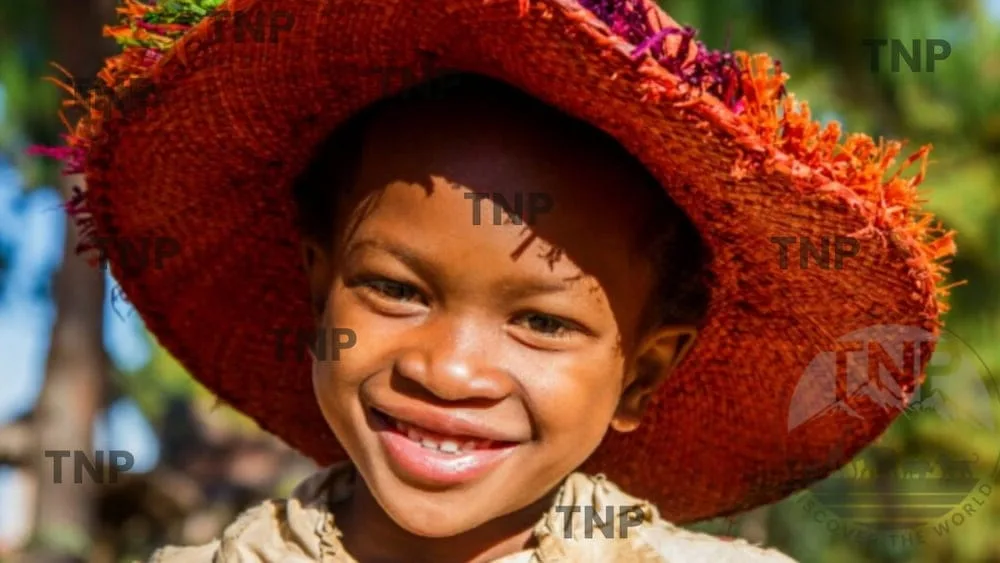
Each group has its unique customs, traditions, and even languages, adding to Madagascar’s diverse cultural mosaic. This diversity is evident in the island’s festivals, music, dance, and arts, which vary significantly from one region to another.
The Sakalava, Antandroy, and Antaimoro are just a few other groups contributing to this rich cultural tapestry. These ethnic groups collectively embody the rich heritage and multifaceted identity of Madagascar, making it a fascinating destination for artistic exploration.
Madagascar’s Melting Pot: People and Places
From 1960 to 2022, Madagascar’s population expanded from 5.10 million to 29.61 million. This represents 480.7 percent of the total population increase over the previous 62 years.
Madagascar’s population density in 2023 is 52 people per km2 (135 people per mi2), based on a total land area of 581,795 km2 (224,632 square miles).
Madagascar’s population growth rate is increasing due to high fertility rates and decreasing mortality rates.
Madagascar’s total fertility rate remains relatively high, with an average of around 4.2 children per woman. This rate indicates the average number of children each woman must have to ensure that each generation replaces itself precisely without relying on international immigration.
On the other hand, mortality rates (death rate), particularly infant mortality rates (IMR), have been decreasing in Madagascar. It’s 3.4.

It varies significantly across the island in terms of places. The central highlands, where the Merina reside, are the most densely populated area of Madagascar. This region’s cooler climate and relatively fertile land make it ideal for agriculture, supporting a larger population.
In contrast, the island’s southern region is much less densely populated due to its arid climate and less fertile land, making it challenging for large communities to thrive. With its tropical climate and abundant rainfall, the eastern coast also supports a higher population density, with people primarily engaged in farming and fishing.
Age Structure and Gender Ratio
Madagascar’s population is youthful, significantly shaping the country’s social and economic landscape. Most of the population is under 20, making up about 60% of all residents.
This youthful demographic is a key feature, with children under 15 accounting for approximately 40% of the population. This high proportion of young people presents opportunities and challenges for the nation regarding education and employment.
Madagascar’s median age is approximately 19.3. This means half the population is younger than 19.3, and the other half is older.
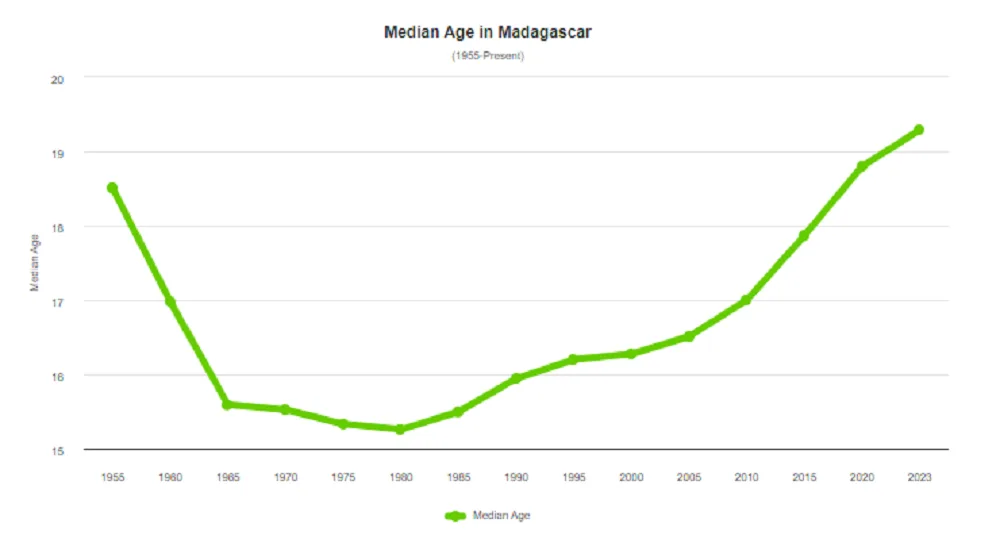
Looking at the gender ratio, Madagascar is pretty balanced, with a slight variation between males and females in different age groups. Generally, there are slightly more women than men, a trend that becomes more pronounced in older age groups.
Here is a table related to the life expectancy of the Madagascar population.
| BOTH SEXES | FEMALES | MALES |
| 66.4 years | 68.8 years | 64.1 years |

Among the youth and working-age population, the gender ratio is almost equal, but in the senior age group, women tend to outnumber men. This is often attributed to women’s higher life expectancy than men.
Urban Population vs. Rural Population Distribution
The spread of the population across such a varied geography impacts everything from local economies to the environment. As more people move to the cities, these urban areas must provide adequate services and infrastructure to meet the growing demand.
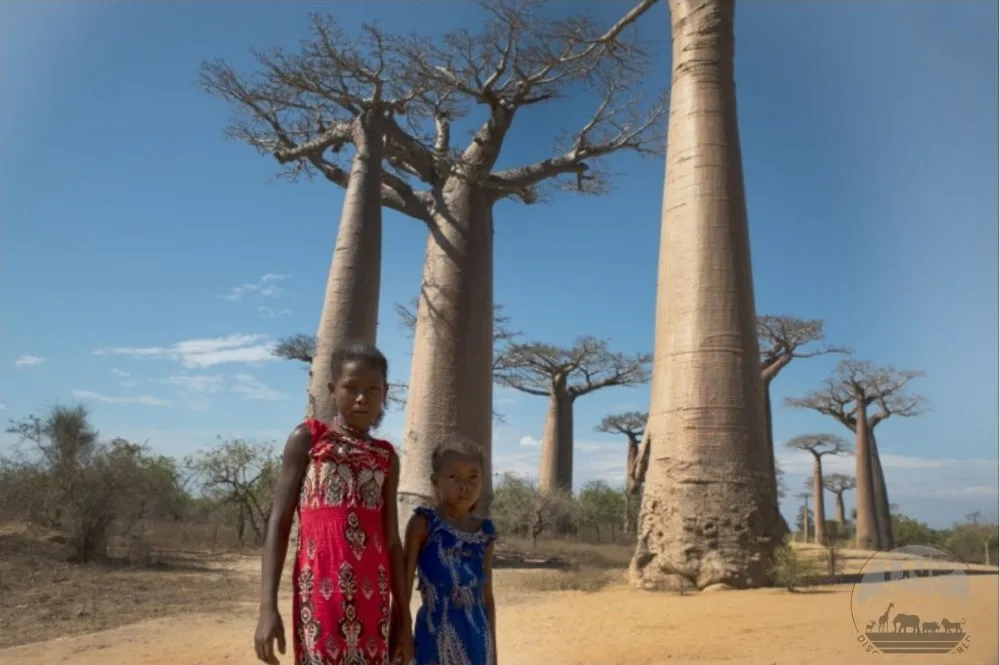
Meanwhile, rural areas continue to rely heavily on natural resources, which must be managed wisely to sustain the communities that depend on them. Understanding these dynamics is crucial for planning and development, ensuring that all Malagasy people can look forward to a sustainable future.
Economic Impact of Population in Madagascar
Madagascar’s booming population, with a high proportion of young people, significantly impacts the island’s economy. A large and young population translates to a potentially strong workforce.
This can be a boon for economic growth, with more people contributing to various sectors like agriculture, tourism, and manufacturing. As these young adults enter the workforce, Madagascar could potentially see a surge in productivity and innovation.
However, this situation also presents challenges. With a rapidly growing population, the demand for jobs outpaces the current rate of job creation. This can lead to unemployment and underemployment, especially among young people.
Challenges in Health and Education
Madagascar’s population strains its health and education systems. High birth rates lead to a surge in young children needing access to quality healthcare.
Child marriage is one of the significant issues here. Also, the percentage of women aged 15 to 49 who wish to stop or delay having children but are not using any form of contraception. However, limited resources can mean overcrowded clinics and a shortage of medical professionals.
Education also faces challenges. The large number of school-age children requires continuous expansion of schools and teachers. Unfortunately, underfunding often leads to overcrowded classrooms and insufficient learning materials.
This combination can hinder educational attainment for the younger generation. While Madagascar’s young population holds future potential, ensuring their health and education requires significant investment to bridge the gap between current resources and the ever-growing needs.
Challenges and Opportunities
Madagascar’s growing population presents a complex situation for the Malagasy people.
Challenges of the population of Madagascar
Strained Resources: Food, housing, and infrastructure struggle to keep pace with the population boom.
Youth Bulge: A sizeable young population pressures education and job creation.
Healthcare Burden: Early childbearing, coupled with Madagascar’s widespread poverty and lack of access to skilled healthcare providers during delivery, increases the risk of death and serious health problems for young mothers and their babies.
Environmental Degradation: Rapid population growth leads to increased deforestation, soil erosion, and loss of biodiversity.
Urbanization Challenges: Rural-to-urban migration strains urban infrastructure, leading to overcrowding, inadequate housing, and sanitation issues.
Poverty Alleviation: High population growth exacerbates poverty levels, making it challenging to achieve sustainable development goals.
Socio-economic Disparities: Population growth widens the gap between the rich and the poor, exacerbating social inequalities and increasing social tensions.
Pressure on Natural Resources: The growing Madagascar population leads to the overexploitation of natural resources, threatening ecosystems and biodiversity conservation efforts.
Vulnerability to Natural Disasters: Increasing population density in hazard-prone areas elevates the risk and impact of natural disasters such as cyclones, floods, and droughts.
Opportunities of Madagascar Demographics

Workforce Potential: A young population can be a powerful engine for economic growth.
Demographic Dividend: A skilled young workforce can fuel innovation with proper investment.
Dynamic Society: A growing population fosters a vibrant and diverse society.
Entrepreneurial Spirit: Young people often exhibit a strong entrepreneurial spirit, driving innovation, creativity, and economic diversification.
Cultural Revitalization: A growing population contributes to preserving and revitalizing cultural traditions, languages, and heritage.
Social Cohesion: Increased interaction and diversity within society can promote social cohesion, tolerance, and understanding among different communities.
Market Expansion: A more extensive consumer base resulting from population growth can stimulate domestic demand, attract investment, and spur economic development.
The key lies in harnessing the potential of the young population through education, job training, and responsible resource management. By addressing these challenges, Madagascar can transform its demographic boom into a force for a brighter future.
Government Policies and Programs
Government policies and programs are crucial in addressing population issues in Madagascar. The government has implemented various initiatives to manage population growth, improve healthcare, and enhance education opportunities. These include family planning campaigns, maternal and child health programs, and efforts to expand access to education, particularly in rural areas.
Additionally, the government promotes sustainable development practices to mitigate environmental degradation and ensure resource conservation for future generations.
International aid also significantly impacts population health and education in Madagascar. Donor-funded projects support initiatives such as immunization campaigns, maternal healthcare services, and the construction of schools and educational facilities.
This aid helps supplement government efforts, filling gaps in funding and expertise to reach vulnerable populations and underserved areas. By working in collaboration with international partners, Madagascar can leverage resources and expertise to address complex population challenges and improve the well-being of its people.
Conclusion
Madagascar’s population is a key factor in shaping the country’s future. With many young people and a rich cultural mix, challenges and opportunities are ahead. Issues like limited resources, healthcare needs, and education gaps must be addressed for sustainable growth.
However, Madagascar can use its young population to boost economic growth and innovation by investing in these areas. Effectively managing the population will help create a bright and prosperous future for the nation.
FAQs of Madagascar Population 2024
Is Madagascar a rich or poor country?
Madagascar is considered a low-income country. Despite its rich natural resources and unique biodiversity, it faces significant economic challenges, including widespread poverty, limited infrastructure, and underdeveloped health care and education systems.
What is Madagascar best known for?
Madagascar is best known for its incredible biodiversity and unique wildlife. It is home to many species found nowhere else on Earth, including lemurs, chameleons, and various plants. The island is famous for its stunning landscapes, including rainforests, beaches, and the Avenue of the Baobabs.
What percentage of Madagascar is black?
Madagascar’s population is primarily composed of people of mixed Austronesian and East African descent, with no single percentage accurately representing the “black” population as typically categorized. The ethnic composition is diverse, reflecting a blend of African, Asian, and Arab ancestries.
What are the top 3 ethnic groups in Madagascar?
The top three ethnic groups in Madagascar are:
Merina: Primarily located in the central highlands around the capital, Antananarivo.
Betsimisaraka: Predominantly found along the eastern coast.
Betsileo mainly resides in the south-central region of the island.
